|
On April 24th, I will be speaking about a lake I have loved since childhood. In preparation, I reread my book, Uncharted Waters: Romance, Adventure and Advocacy on the Great Lakes. My favorite passage was written at a time I worked in northern Illinois while Rubin, the man who makes me laugh, sands down the intense edges of my personality, and knows and loves me just as I am, ran a business in Nashville. Consumed by career, I lived on a sail boat in Winthrop Harbor for three years, hoping to bring balance to my lopsided life. Driving back to the boat each evening, I feel a sense of peace settle about me the minute I see Lake Michigan through the windshield. “Hello, Lake,” I say with a giant smile. With that first step on the pier, I feel as if an angel is lifting all heaviness from my shoulders, freeing me to see, smell, touch, hear, and experience all the glory of life . . . all the joy in living. Accompanied by frogs, crickets, birds, and mosquitoes, I sit in the cockpit as the soft, black carpet of night becomes the backdrop to an ensemble of stars flickering across the skies until they near the lake’s horizon. Then blackness. Only the moon dances on Lake Michigan. And her dance begins to awaken the buried dreams of a child paging through a book of poetry. To this day, I feel that same way every time I step from a marina parking lot to the pier leading to our boat. I hope you, too, have a special place on this planet—a place where you experience all the glory of life, the joy of living; a place where you can occasionally reassess your life’s direction. And be at peace. A Lake Michigan Love Song: Caring for This Place We Call Home” by Mary McKSchmidt
April 24th, 3:00 p.m. at the Portage United Church of Christ, 2731 W. Milham, Portage, MI. Open to the public.
0 Comments
For the first time in four years, I was asked to speak about Lake Michigan. I do not believe in coincidences. I immediately said yes.
COVID, family, age-related health issues, a deep resolve to make access to nature easier for the mushrooming senior population, and a need to replenish my own spirit sidelined my focus on building awareness as to the importance of cleaning up and protecting Lake Michigan and all the Great Lakes; of providing clean, safe, affordable water for all. But the stressors putting our water at risk did not get sidelined. If anything, they are worse. Why? The warming climate did not pause. And climate change exasperates everything. If you sit on a bench on a regular basis, you will see the changes. More algae on murkier waters. More non-native birds. The disappearance of other favorites. Hotter days. The death of trees that have stood for decades. More days with higher, gustier winds. More intense rainstorms. I believe doors are placed in front of you for a reason. Thank you for joining me on this journey to care for our state’s natural resources while making nature more accessible to all, especially our seniors. As you will see, the two paths are intertwined. For details about the presentation, “A Lake Michigan Love Song,” visit Events.
In January, I posted a story about finding shade for one of Mother and my favorite benches. Situated on the Heinz Walkway overlooking Lake Macatawa, the west-facing bench was the only bench protected from the afternoon sun. We called it “Cottonwood Corner,” a place of peace and tranquility shaded by seven leafy cottonwood trees.
Sadly, disease struck, and summer leaves began disappearing. First one tree became a skeleton of silver, then the next. The city of Holland removed all seven last autumn. On December 28th, I met with Andy Kenyon, Director of the Holland Parks and Recreation Department, to ask if the trees might be replaced. And quickly. Mother is 97. I did not want her last memory of Cottonwood Corner to be that of the stumps. It took only two months for three small red sunset maples to appear beside the walkway! Donning winter coats and gloves, Mother and I strolled along the path to welcome the trees. We talked about the hours of joy we hope to experience this spring while sitting on the bench watching the leaves unfold, the fishing poles dangle from nearby railings, and the boats skim across the water. Mother and I decided to rename our corner “Sunset Corner.” So many reasons to do so. It could not have happened—and happened so quickly—without the warm weather, a responsive team of city employees, and the support of so many who share our dream of making nature more accessible to seniors in Michigan communities. Thank you. It is thought she died of post-release mortality,
her 13-foot long, 1500-pound body traumatized by what happened after the hook was firmly embedded in her jaw. I suspect the great white would have preferred to die a natural death; not to have been dumped at water’s edge by a Florida storm, dragged behind a backhoe for two long miles, dissected as a specimen for scientific learning. I suspect she would have preferred to have been born a bottlenose dolphin, loved and forgiven for mistakes made when she could not see clearly; to have been accepted for the role she played as keeper of balance among the mighty predators of the seas. I suspect she would have preferred a more melodic song hummed at her passing-- not the famous two-note theme song synonymous with fear. As her body lurches through the sand before me, I see the open jaws, rows of jagged teeth, once white underbelly now pink with blood, slippery gray skin shining silver in the sun. But it is her eyes, black and piercing, that prompt me to retrace the tire marks and find the chaotic scene in the powdery sand where she was discovered, lifted, tied with a towline away from the sea. I bow, for I suspect she did her best. Isn’t that all any of us can do? And prefer someone to notice? for the Great White Shark of Navarre Beach Abruptly, the asphalt ends,
the tires dust up dirt and stone sending the white bug of a rental car bumping along a one-lane track threading through plywood shacks that remind him of Deliverance. Ahead, the path is swallowed by a stream. No place to turn around. Google maps and reality collide. II I am alone in the Black River Forest, defenseless, holding a camera on a tree-rooted path that makes hasty retreat without injury difficult. Rustling along river’s edge, something larger than a squirrel stirs the underbrush. Suddenly, without provocation, it charges, feet scurrying beneath an armor of steel. Instinctively, I take a step back. “Do not be afraid,” I whisper to it, to me, for the unfamiliar need not be frightening. With its prehistoric-looking shell, tiny eyes, pig-like snout, pointed ears, long, ringed tail, it looks like an escapee from the museum of natural history. Singularly focused on finding food, the “little armored one” rushes past me, sniffing, clawing, digging the wet earth. I might as well have been invisible. III Contrary to what my husband was told by the fishermen while waiting by the car for my return, the water moccasins did not drop on me from the branches overhead, the river path was not overrun with baby gators, and I never saw or heard a single bear. Maybe next time. By Mary McKSchmidt It was a whimsical thought, the kind that drifts like a low-hanging cloud over a marginal sea still reeling from last night’s storm; the kind that demands attention-- like the lingering waves curling, crashing, flattening the powdery white sand alongside the unfamiliar road cutting through the long and narrow barrier reef island. Why not say a prayer for those memorialized on benches? it asks, even before I see the palm-thatched umbrella shading a bench overlooking coastal dunes of sand and gravel. Words etched on the back of the green-slat bench hard-stop my jog. Carol Ann McBroom Mum Artist Best Friend Stunned, how could I not sit on that first bench and ponder the coincidence? Remember the woman I’ve called “Mum” since our relationship reached a level of profound intimacy, who is an artist, best friend, but whose name is not Carol Ann McBroom? How could I not pray for both mothers and their children? personalize every bench that followed, grateful for that one curious thought that changed how I think about strangers? Oh what joy, whimsical thoughts! Welcome!
By Mary McKSchmidt Like the colorful ribbon of a balloon partially buried in the sand, or the aluminum edging of a beer can tossed in the soft of a season’s first snow, the flash of purple on a park bench causes me to break stride, turn back, pick up the unfamiliar card with overlapping circles of orange and red. Through the mist I see white letters right of center—"D E B I T”-- and imagine a person reaching into a pocket to buy gas, milk, a last-minute gift, casually fingering the lining, panicking when there is nothing. Searching the other pocket. Nothing. Looking everywhere. Nothing. Lost in the chilling dampness of despair. I call the number on the back of the card, learn replacements take seven days, follow a triage of prompts that all end “goodbye.” Raised in a small town in a different era, I stop by the police station. The door is locked. Sign says closed for the weekend. Frozen fingers trace letters where a name should appear— “B I O L I F E D O N O R”-- and I remember sitting on a bench with a mother watching her eight-year-old boy running, how she no longer feared a fall, scraped knee, a bleed that might lead to his death, how grateful she was for donors. I drive to the plasma center hoping the card reaches the pocket of one gifting Christmas every day. I am told to destroy the card. I call them “story poems”—poems I write to noodle through an unusual encounter or a bizarre experience. Examples include: To Somebody’s Father (6/14/22), Trying to Make Sense of Things (7/13/22), No Leisurely Stroll (8/15/2022), The Holiday Card (2/1//23).
This poem started out as a story poem but morphed into a “poem’s story”—meaning it wrote itself. I prefer happy endings, but the poem forced truth at every turn. It placed a mirror in front of an era that makes human connection so difficult, often impossible. Perhaps that is why I am drawn to benches—sitting on them, reading stories about them, adding more benches to parks and senior living spaces. Benches create community. And community is essential to one’s health. At least it is essential to mine. Mary |
Author, Poet, PhotographerFrom briefcase to pen, paper and camera, one woman's journey to influence how we care for the environment, our seniors, each other. Due to technical difficulties, comments are not posting correctly to this site. Please contact me with thoughts while I work through this issue. Thanks for understanding.
|
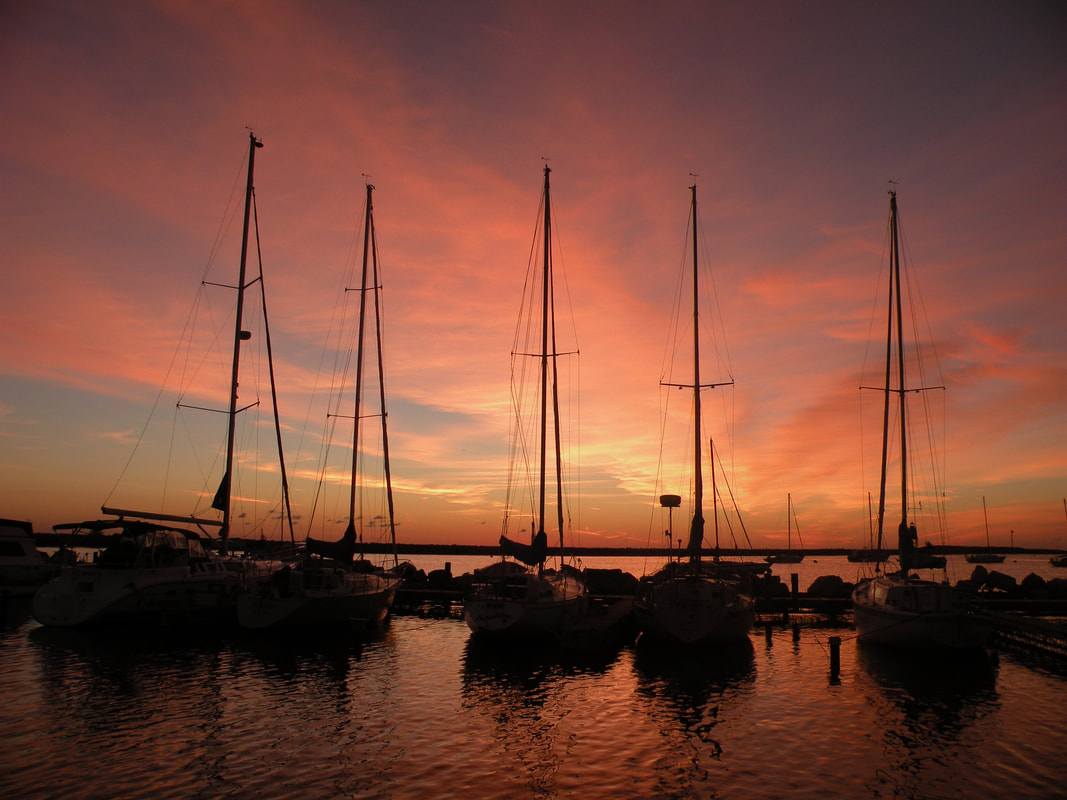
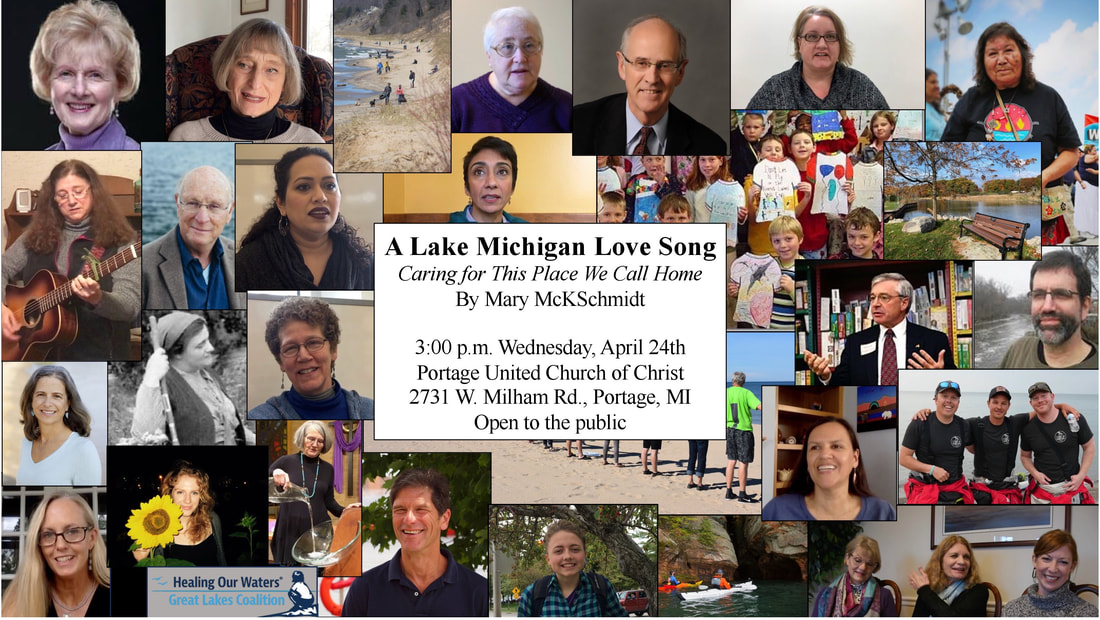
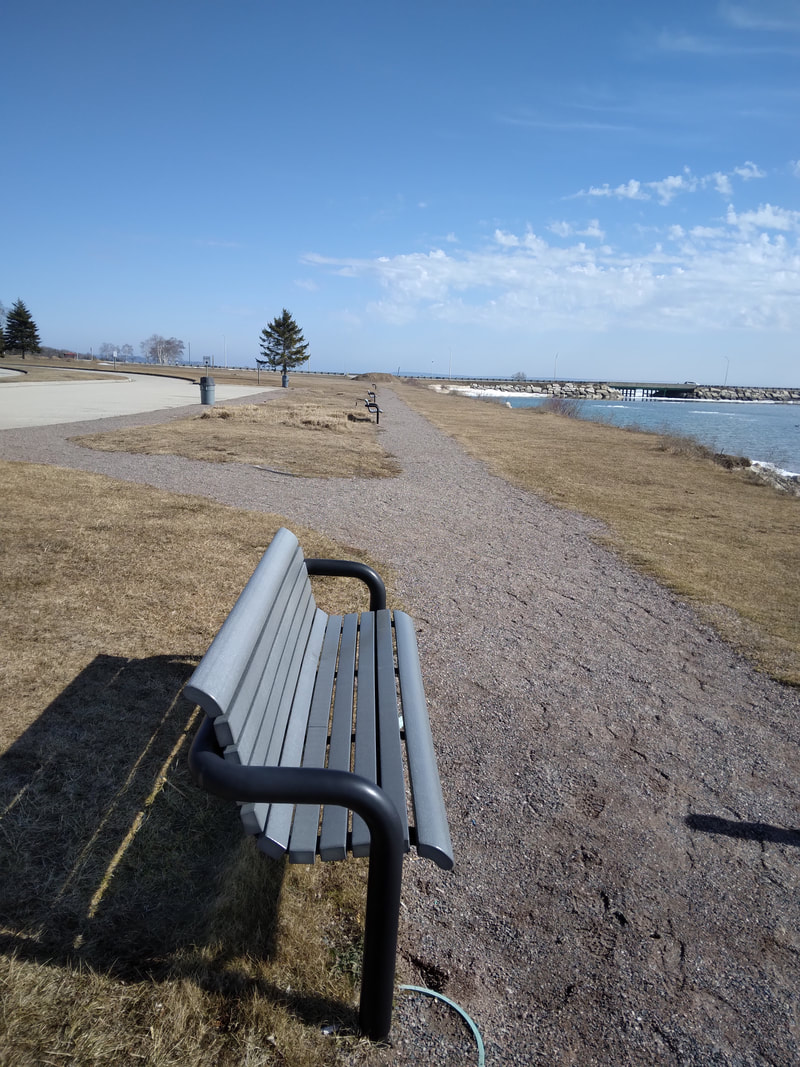
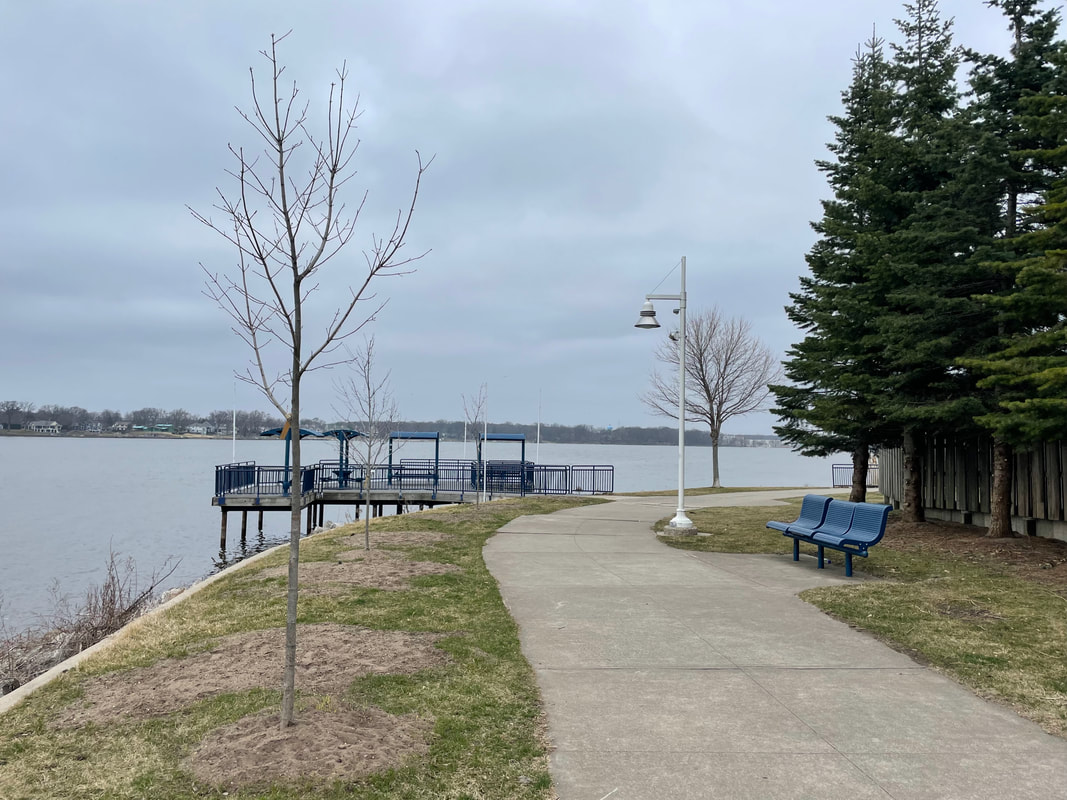
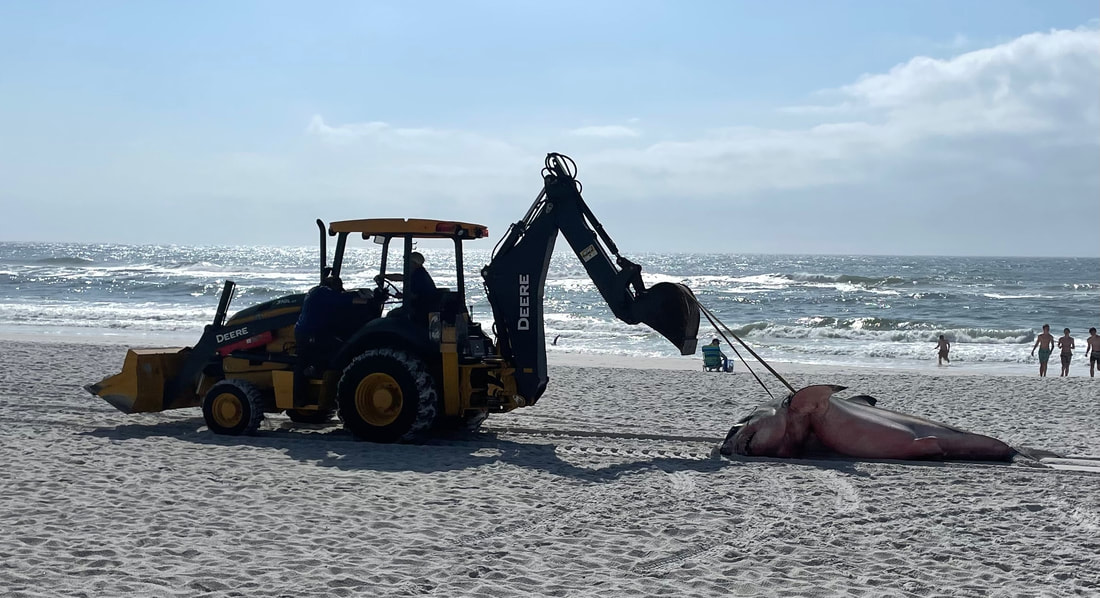
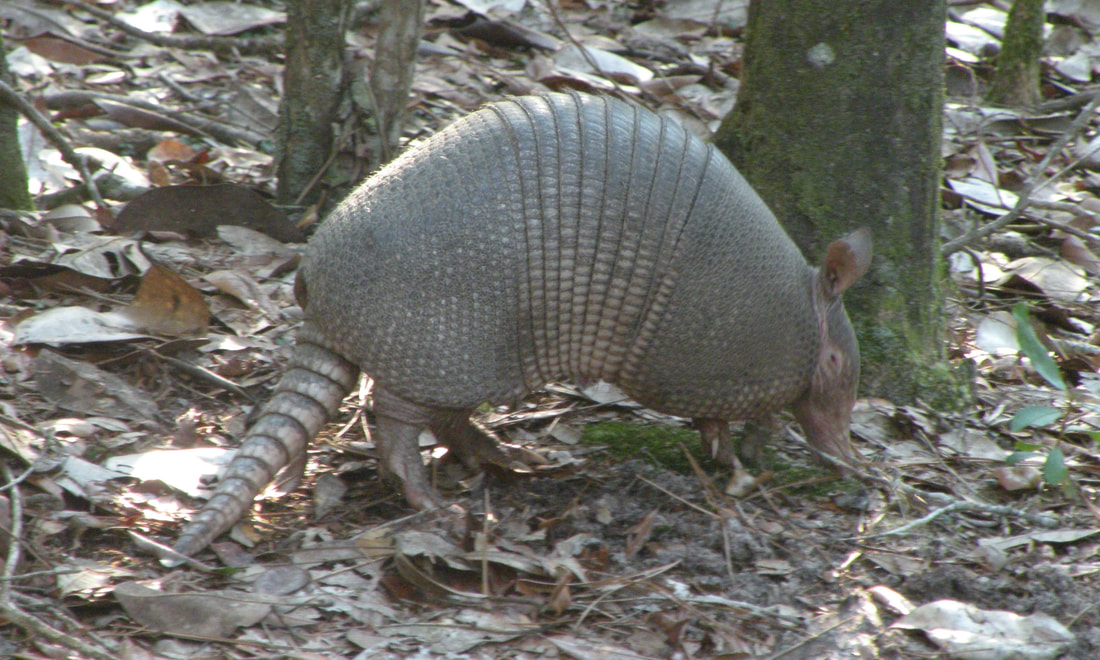
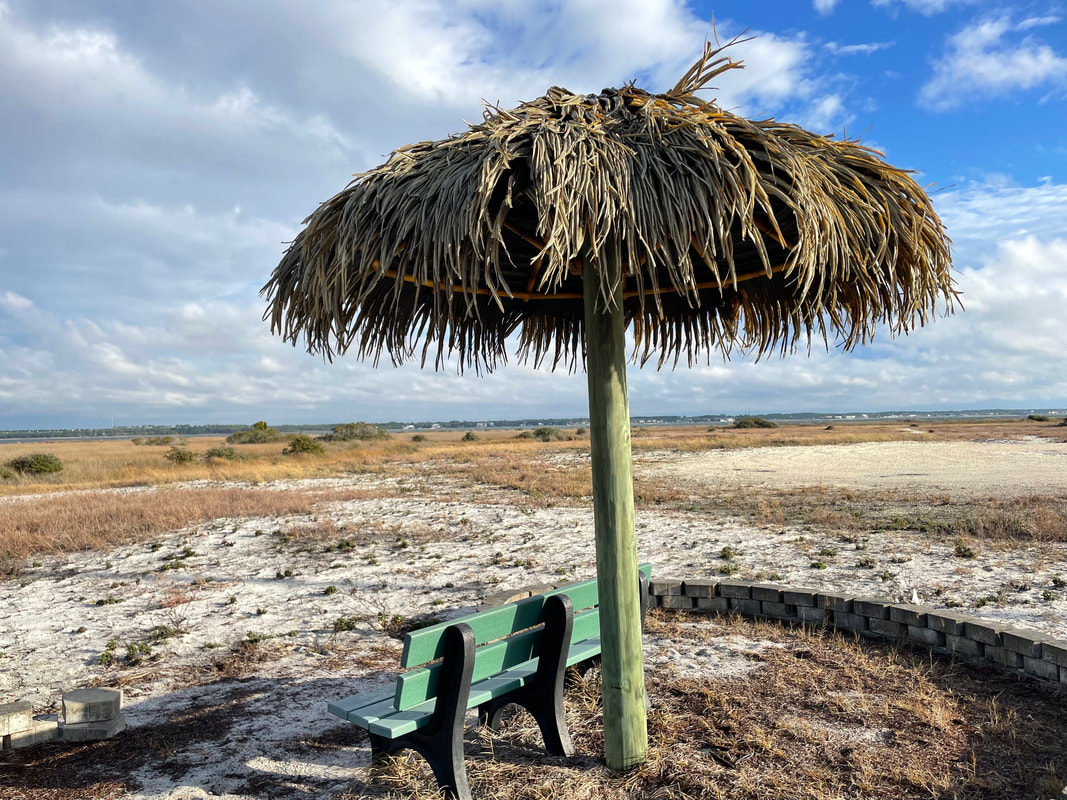
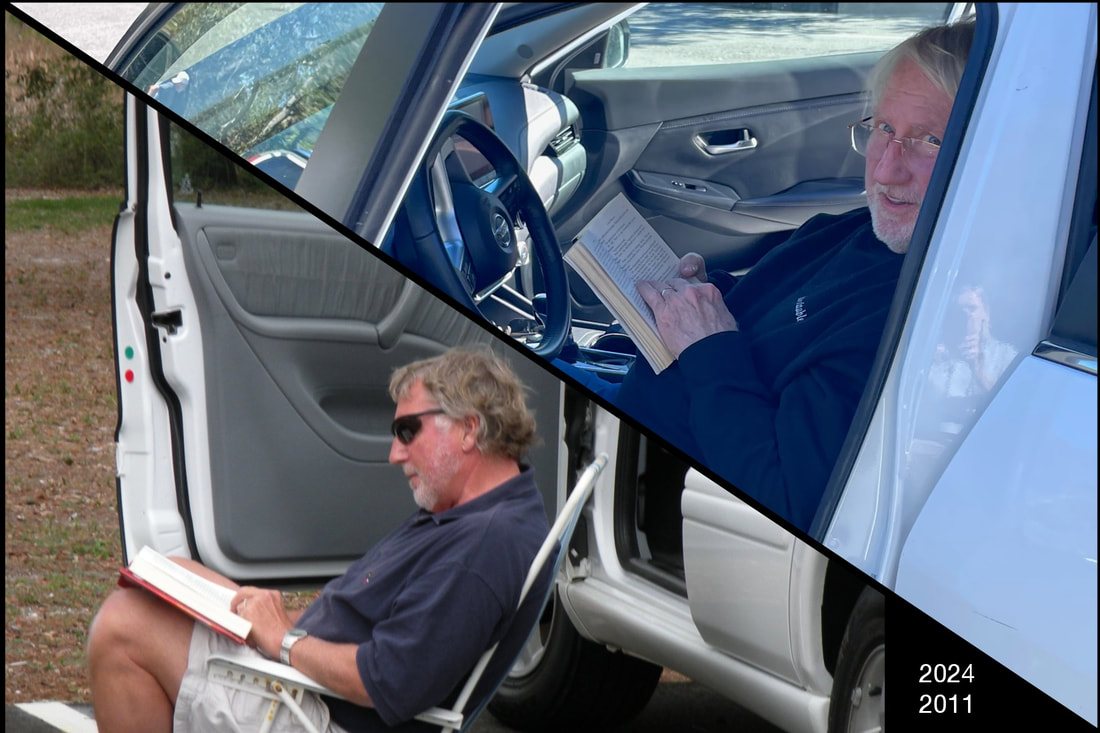
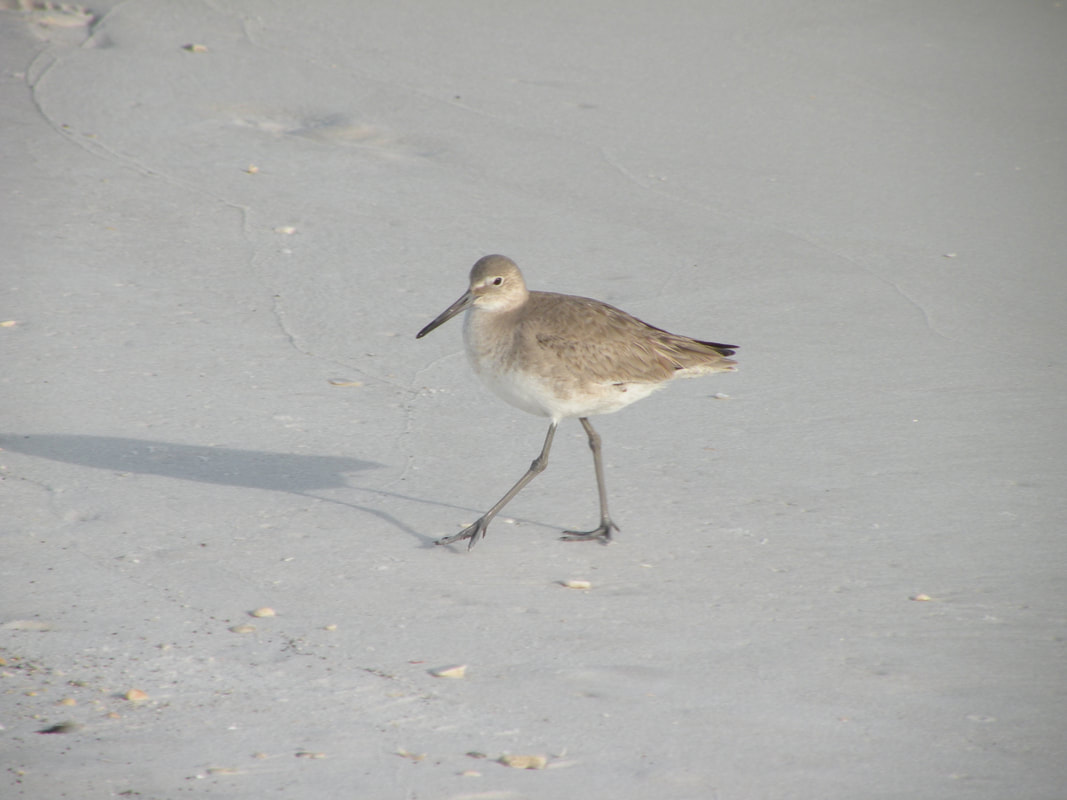
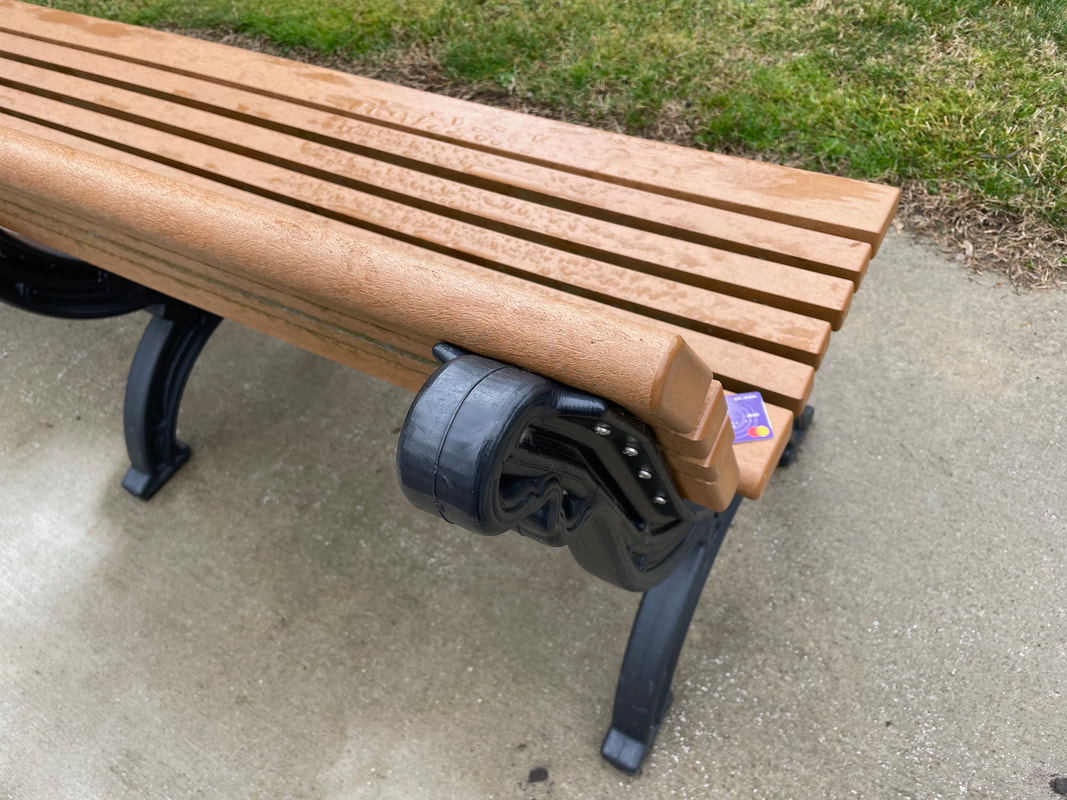
 RSS Feed
RSS Feed
